
Who is the Knicks’ owner? Everything to know about James Dolan
Shaq talks NBA Finals matchup and NBA on TNT Shaquille O’Neal joins Sports Seriously to…

Shaq talks NBA Finals matchup and NBA on TNT Shaquille O’Neal joins Sports Seriously to talk about all things NBA and his upcoming Netflix docu-series ‘Power Moves’. Sports Seriously The New York Knicks are fresh off an Eastern Conference Finals appearance. Although they ultimately lost to the Indiana Pacers in six games, this appearance was…
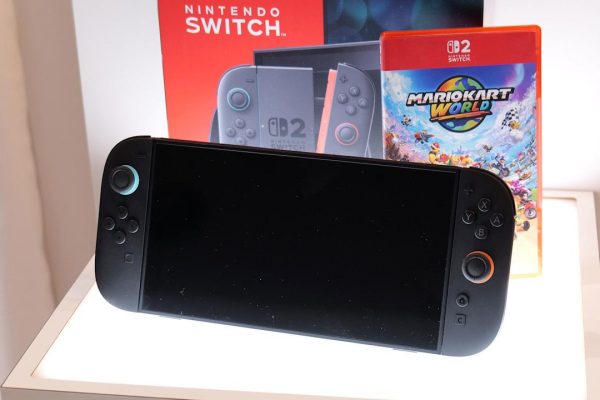
A next-gen Nintendo only comes around once a decade, which makes the Switch 2’s launch feel like a birthday, graduation and Christmas (or your holiday of choice) all rolled into one. However, like many gift-giving celebrations, obtaining the Switch 2 comes with several implications for your wallet and how it will fit into your life….
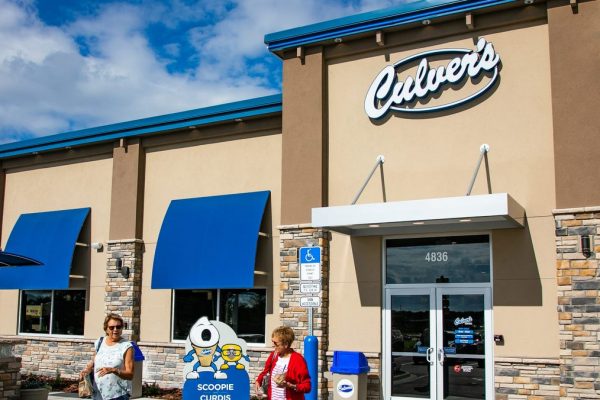
Wisconsin-based fast food chain Culver’s is expanding, with plans to open locations across 12 states, including Arizona, Illinois, and Tennessee. Culver’s, which opened in 1984 and is based in Prairie du Sac, Wisconsin, is known for its frozen custard and ButterBurgers. The burgers are pressed, seared and served on buns that are lightly buttered. Also…

New York Knicks move on from Tom Thibodeau and here’s why USA TODAY Sports’ Lorenzo Reyes explains why the Knicks chose to move on from head coach Tom Thibodeau after years of improving franchise. Sports Pulse A prominent New York Knicks fan is feeling sentimental in the wake of the team’s decision to fire coach…
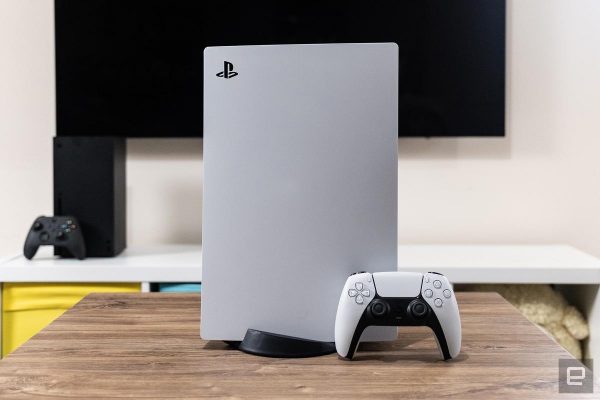
To view this content, you’ll need to update your privacy settings. Please click here and view the “Content and social-media partners” setting to do so. Summer Game Fest week just got even busier. Sony is throwing its own party on Wednesday, June 4 at 5PM ET in the form of a State of Play. The…
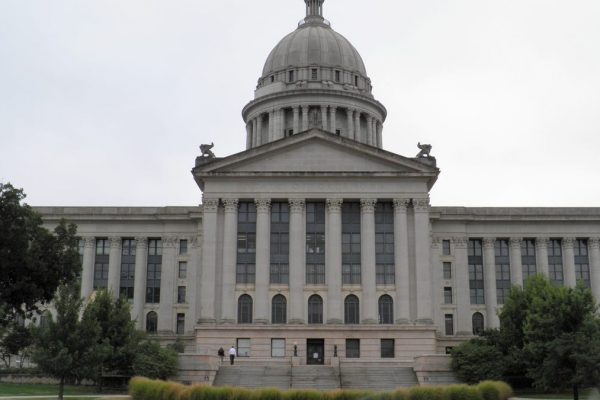
Good morning! It’s Daniel de Visé with your Daily Money, on a day when smoke from Canadian wildfires is blanketing parts of the nation — and a Saharan dust cloud is on its way. Close the windows, folks. As Oklahoma legislators push to restrict trans rights and overturn the 2015 Supreme Court decision legalizing gay marriage, Zane…
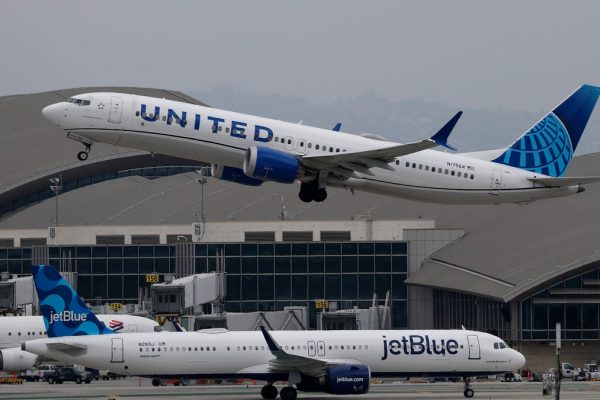
How Newark airport issues could affect your summer travel plans Summer flyers beware: Newark airport delays and what to expect United and JetBlue will sell each other’s flights, expanding travel options for passengers. Frequent flyer members can earn and spend miles on most flights from both airlines. Elite status perks will be honored across both…

New York Knicks move on from Tom Thibodeau and here’s why USA TODAY Sports’ Lorenzo Reyes explains why the Knicks chose to move on from head coach Tom Thibodeau after years of improving franchise. Sports Pulse The New York Knicks fired coach Tom Thibodeau on Tuesday, and the decision was stunning if only because it…

Meta has signed a 20-year agreement with Constellation Energy that will allow it to purchase nuclear power supplied by the Clinton Clean Energy Center in southern Illinois. To help fuel its AI ambitions, Meta said in a that it is prioritizing 100 percent clean, renewable energy for its data centers and recognizes the “immense value…
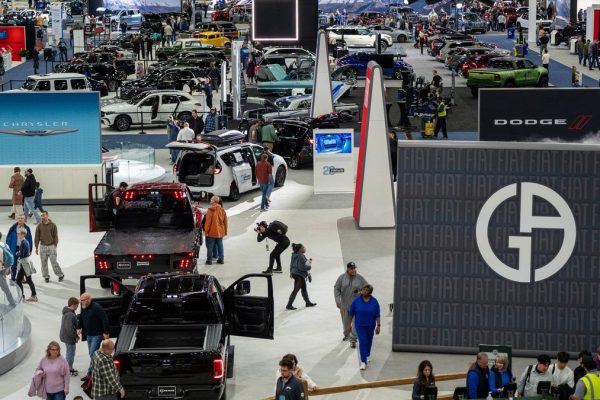
How Trump’s tariffs will effect everyday prices With new tariffs on imports, several everyday goods are likely to become more expensive for American consumers. Cars and auto parts, many of which are produced through an integrated North American supply chain, will see price increases as manufacturers adjust to higher costs. unbranded – Newsworthy The sweeping…